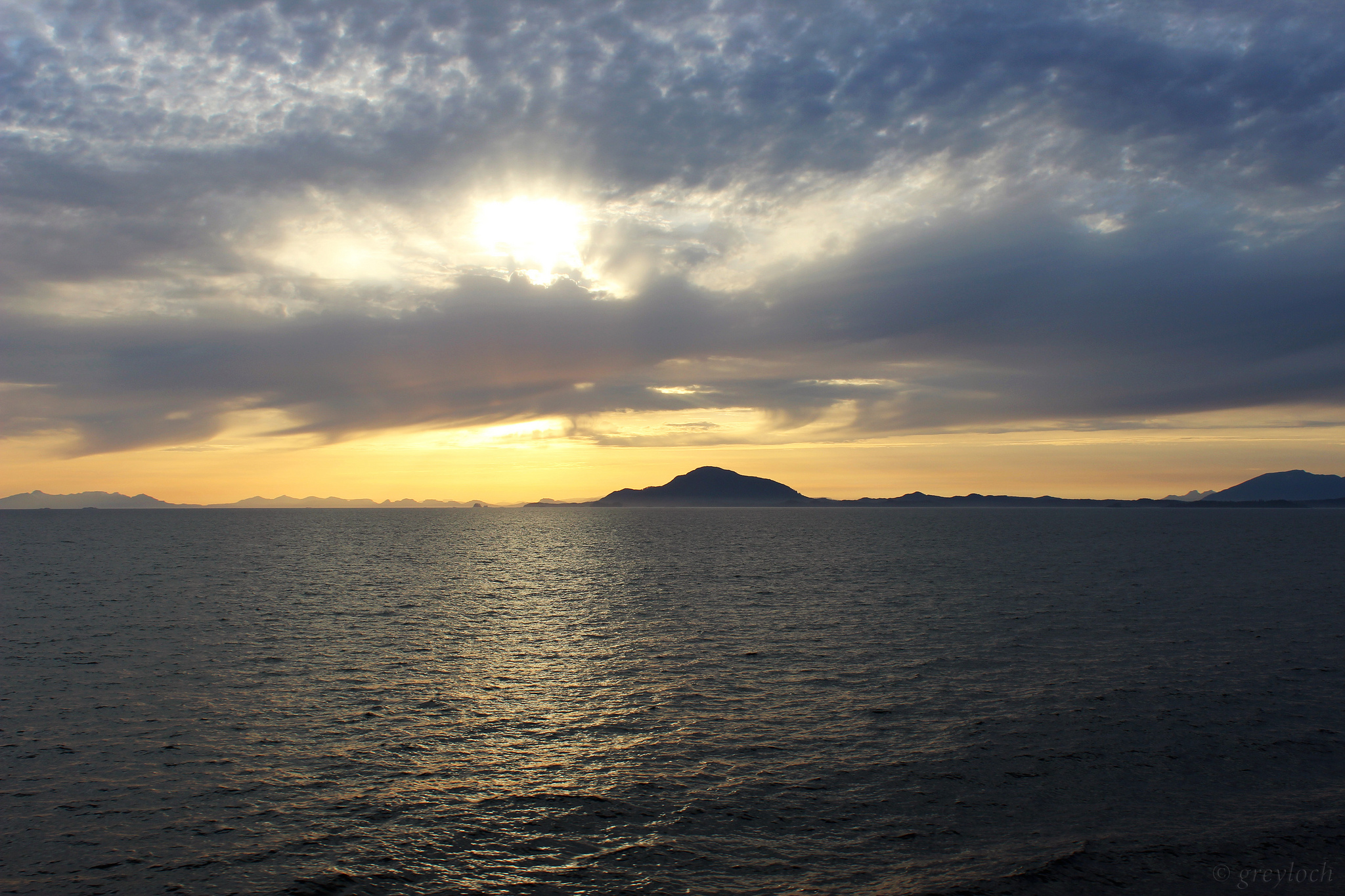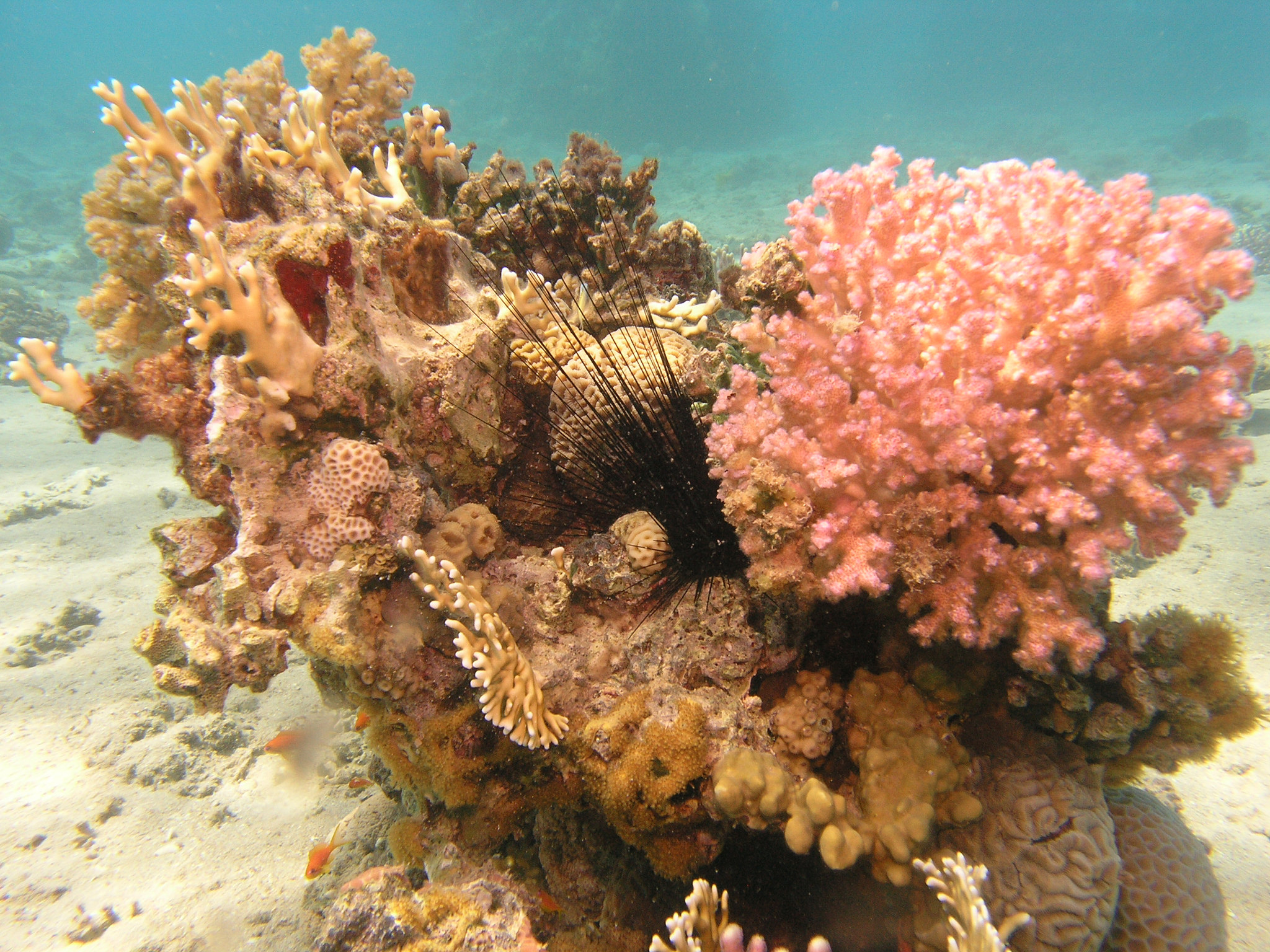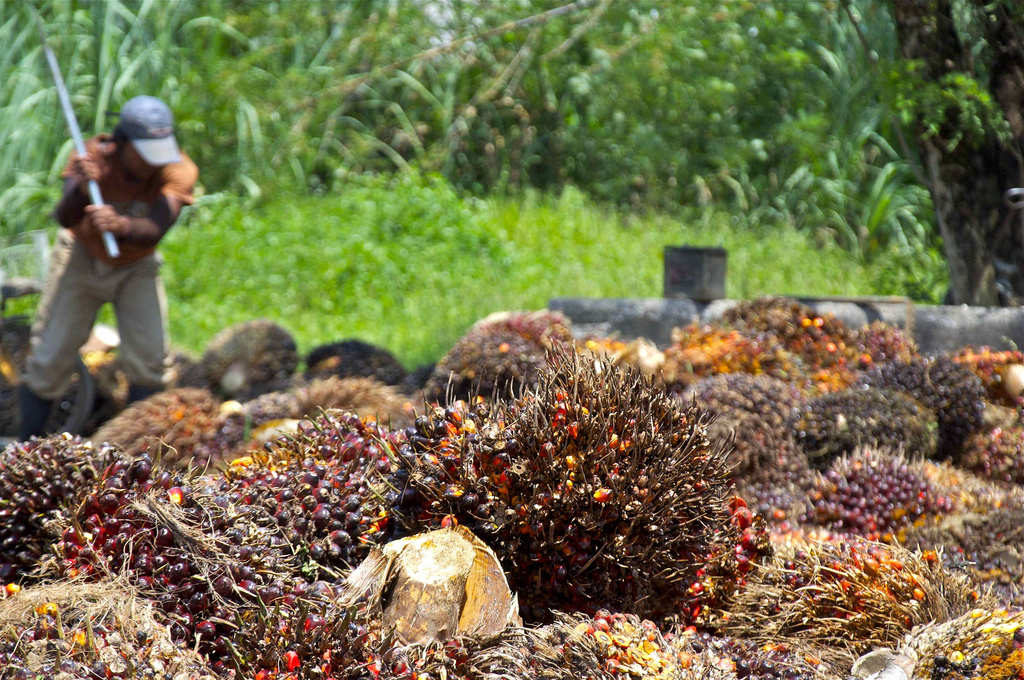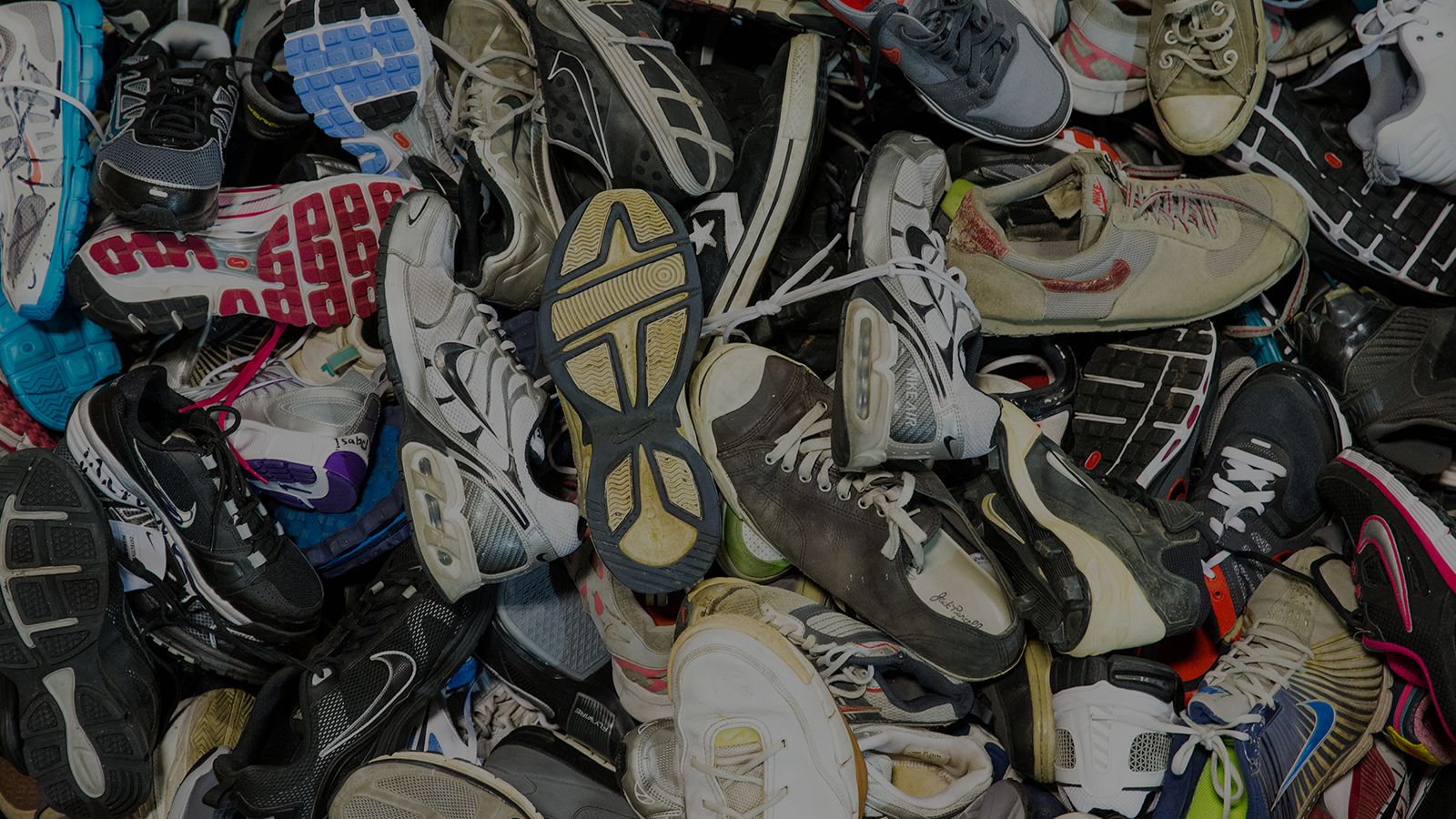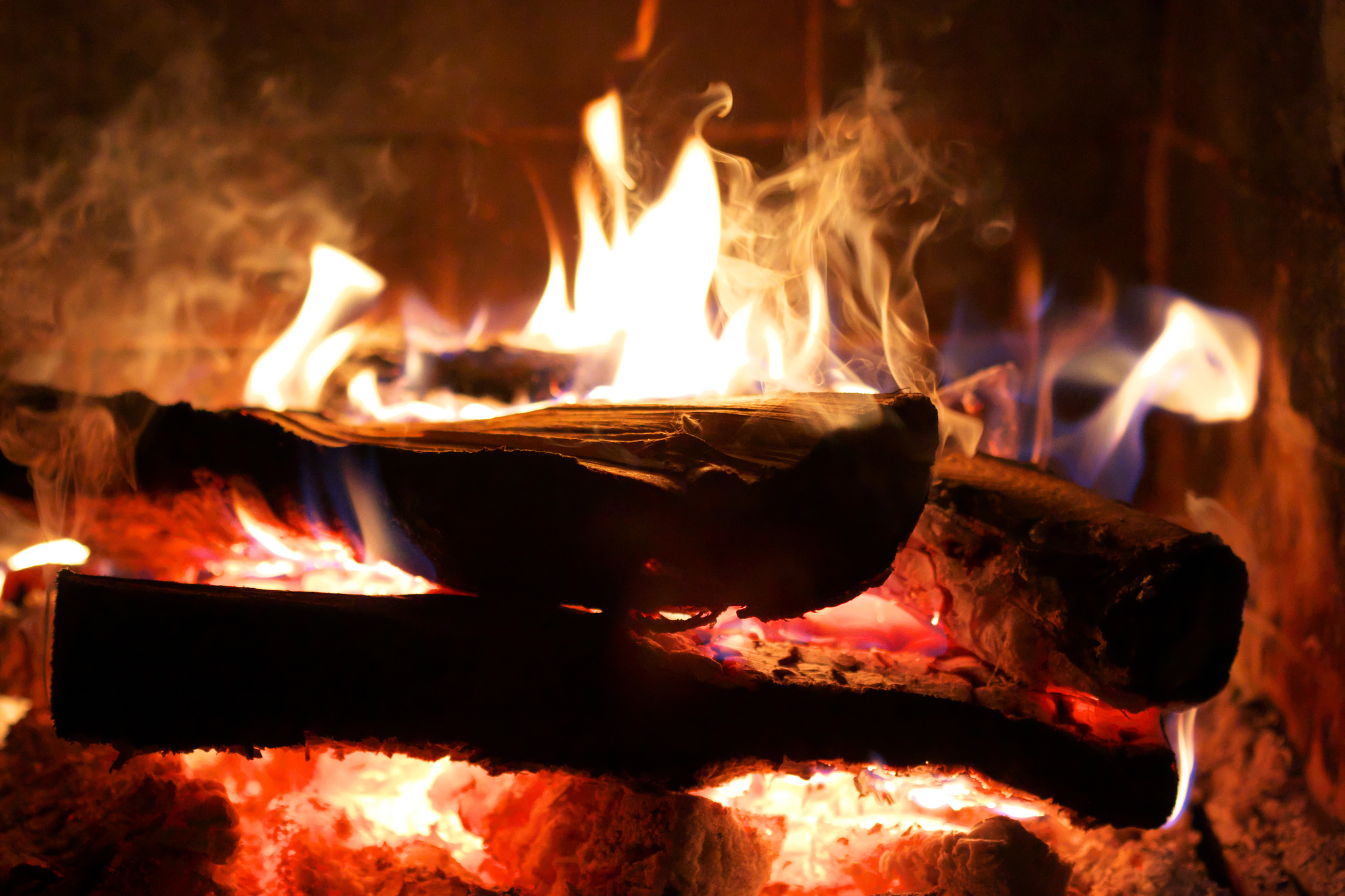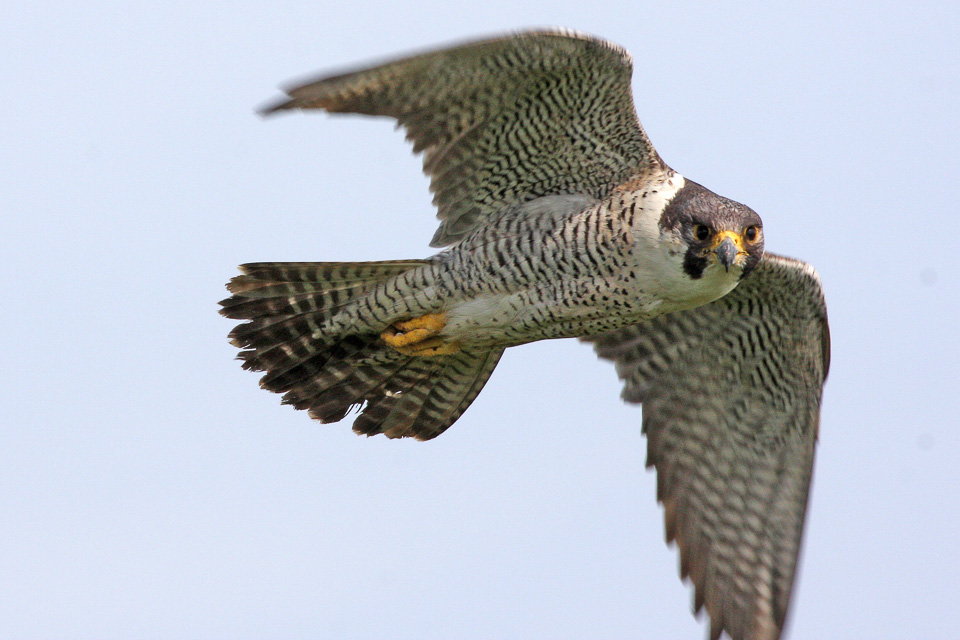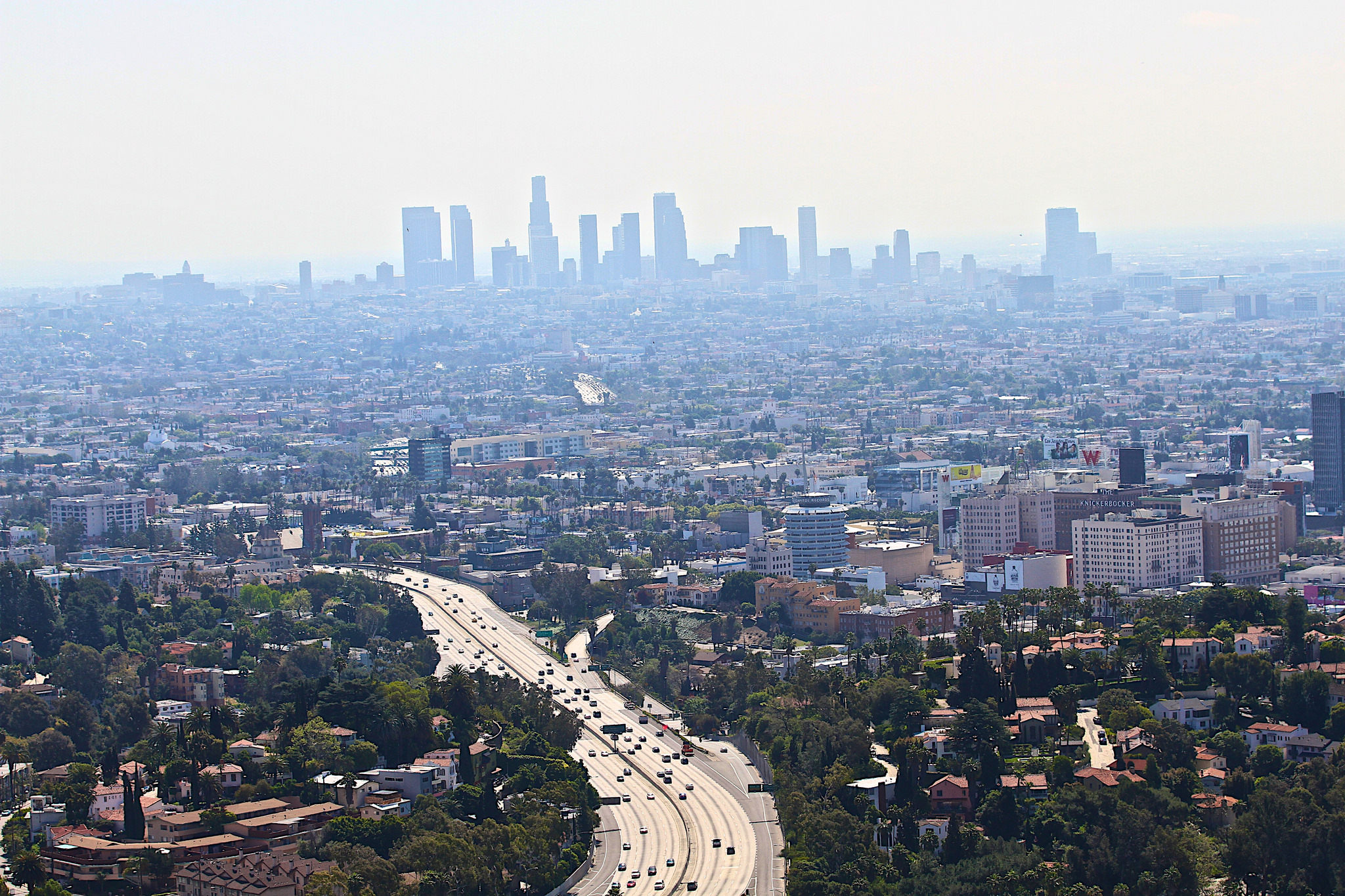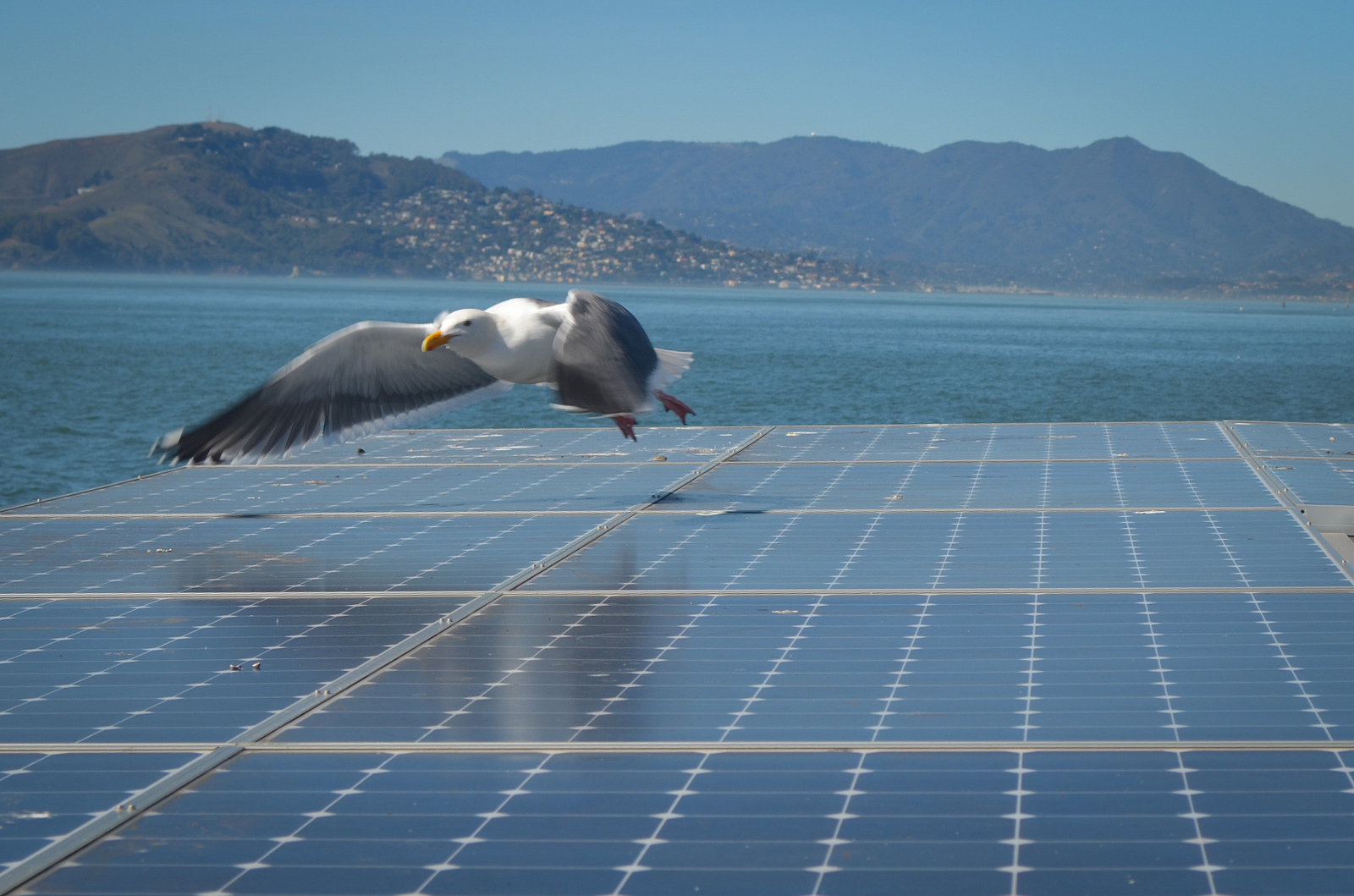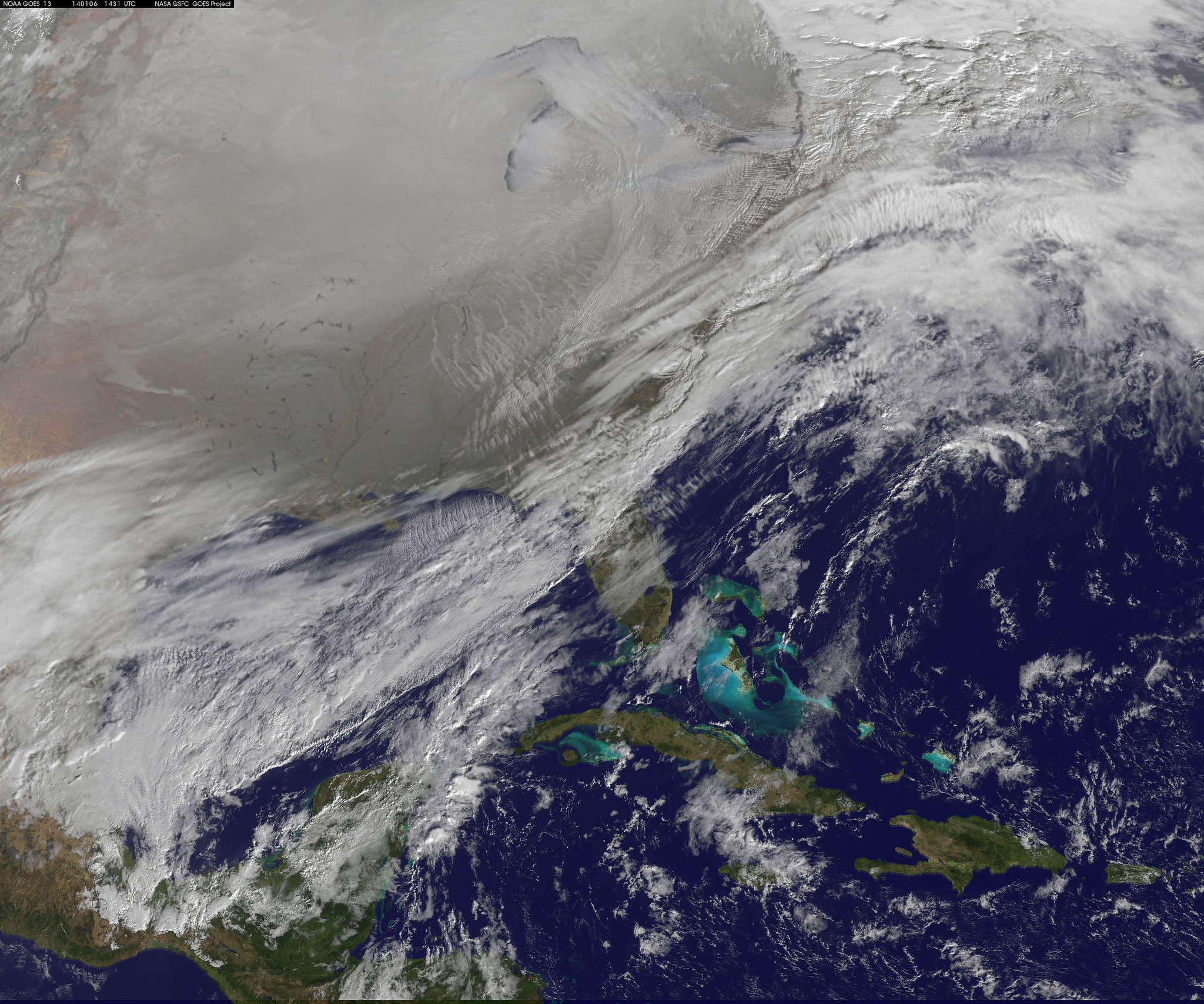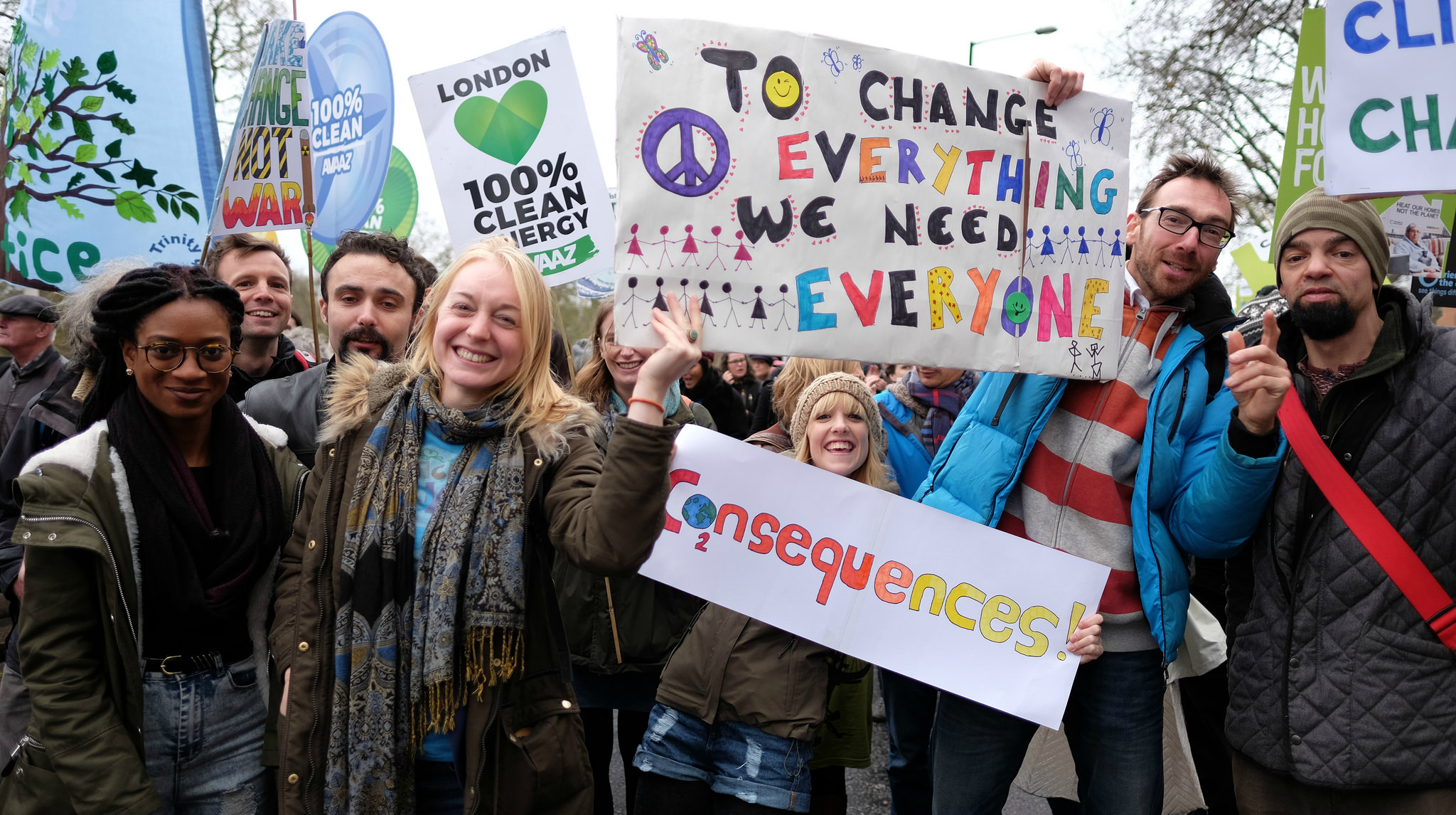Climate Change
The Value Of Street Trees
Why should you care whether there are trees on your street or on the streets nearby? Besides the obvious fact that they make streets more attractive, street trees provide a number of real benefits both for residents and for the environment.
Turning CO2 Into Rock
One of the strategies to tackle the problem of increasing greenhouse gas emissions that are resulting in climate change is Carbon Capture and Storage or CCS, which seeks to prevent CO2 from entering the atmosphere and to instead tuck it away somewhere. A longstanding approach to doing it is to store it underground in voids such as abandoned oil and gas reservoirs. There are various complications associated with this idea, not the least of which being potential leakage of the stored CO2.
Sunscreen And Coral Reefs
Coral reefs are great tourist attractions. Nearly a million species of fish, invertebrates and algae live in these biodiversity hotspots and they generate billions of dollars yearly from the tourism industry.
Cleaning Up The Palm Industry
Few of us cook with palm oil or have ever even seen the stuff. Nevertheless, half of the world’s consumer products include it as an ingredient and the global market for palm oil could be as high as $50 billion. The palm oil industry has been tied to environmental destruction in countries such as Malaysia and Indonesia and has been found to be complicit in human rights violations.
CO2 Air Capture
The level of carbon dioxide in the atmosphere has reached 400 parts per million and is still rising. Climate scientists say that 450 parts per million would be dangerously high. Many experts say that we really need to get back to 350 parts per million. We are trying to prevent global temperatures from rising more than 1.5 degrees Celsius.
Shoes From Garbage
Apparel giant Nike recently announced that 71% of its footwear now contains materials made from waste products from its own manufacturing processes. They call the waste material “Nike Grind,” and it is made from recycled sneakers, plastic bottles, and manufacturing scraps from Nike’s factories.
The Trouble With Burning Forests
President Obama has set 2030 as the target for reducing U.S. carbon dioxide emissions to comply with the Paris Climate accord. Unfortunately, the Senate’s new Energy Bill would allow states to count wood as a “carbon neutral” fuel when drawing up plans to comply with the EPA’s Clean Power Plan.
Pakistan’s Green Tsunami
Pakistan has a terrible history of environmental degradation. Since it became an independent country in 1947, almost all of its primary forests have been cut down while its population has grown by an unbelievable 600 percent.
The State Of The Birds
The North American Bird Conservation Initiative recently released its annual “State of the Birds’ report, which is a comprehensive analysis of North American birds. And as with many other things these days, we’re not doing well.
Wildlife Adapting To Cities
By the year 2030, two-thirds of humanity will live in cities— but we are not alone. Cities are filled with food and natural predators are scarce, so many creatures have moved in with us.
Recycling CO2
The X Prize Foundation provides financial incentives for innovative solutions to various technical challenges. Topics have ranged from developing spacecraft to trying to create a real-world version of the Star Trek tricorder. Last year, the foundation launched a $20 million challenge to come up with technologies by the year 2020 that turn carbon dioxide captured from the smokestacks of power plants into useful products.
The State Of The Air
For the past 17 years, the American Lung Association has analyzed data from official air quality monitors to compile the State of the Air report. The State of the Air 2016, which was released late last month, revealed some troubling statistics about the health of the air here in the United States.
Mandatory Solar In San Francisco
California leads the nation in the use of solar energy with well over half the country’s solar electric capacity. The state is the home of several of the largest thermal solar generating plants in the world and between those and multiple utility-scale photovoltaic plants, California utilities get more than 5% of their power from the sun.
Coral Bleaching On The Great Barrier Reef
It was already well-known that coral bleaching was a serious problem in the Great Barrier Reef, but extensive aerial surveys and underwater dives have now revealed the shocking extent of the problem.
[Read more…] about Coral Bleaching On The Great Barrier Reef
Climate Change Redistributes Global Water Resources
Worldwide, climate change isn’t just raising temperatures, its also altering the distribution of water. So reports an inventive new study that tapped into archival water samples to reveal how sources of precipitation have changed over time.
[Read more…] about Climate Change Redistributes Global Water Resources
The Incredible Shrinking Bison
As the climate warms, all sorts of things are happening in the environment. We know about shrinking ice caps, retreating glaciers, strange winter weather, and so forth. But there are other things that may happen that are unexpected and puzzling.
